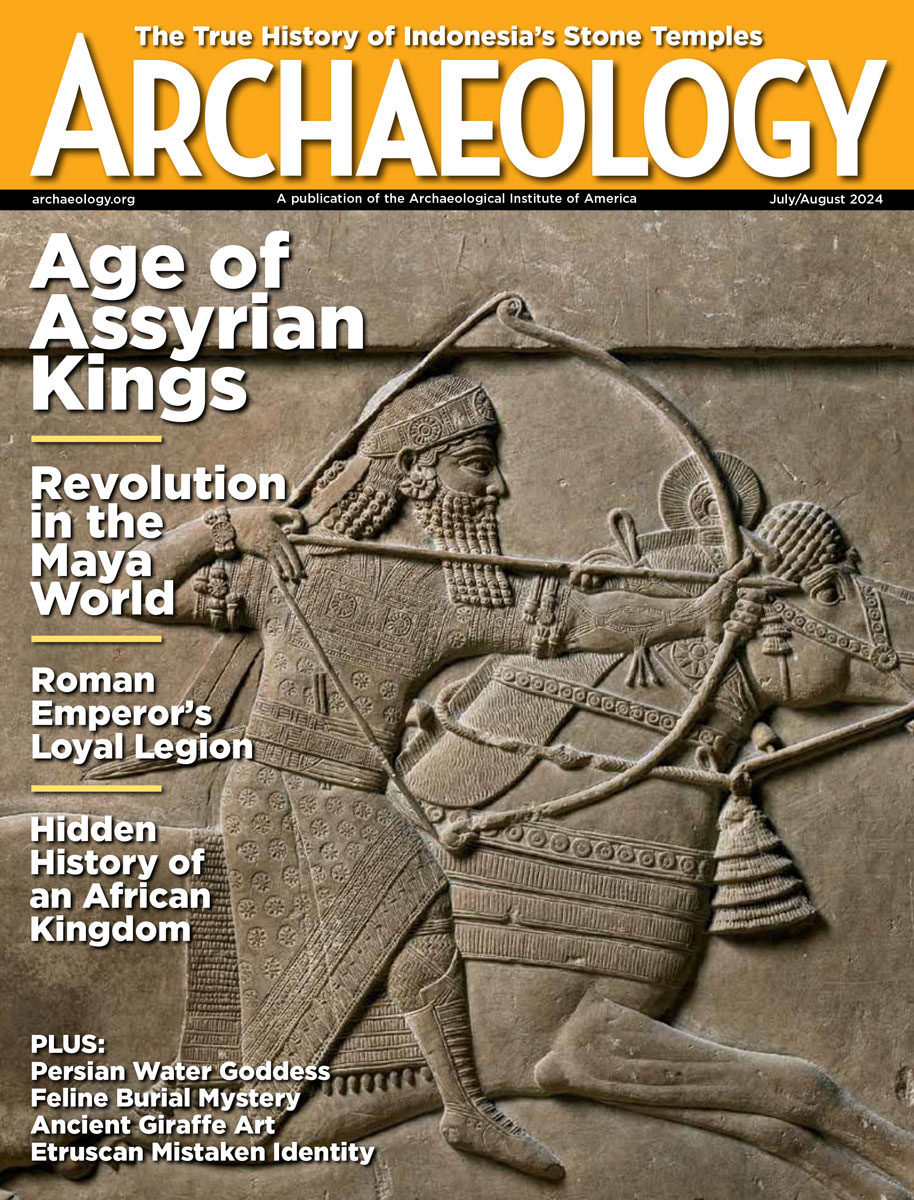Thursday, March 29
March 29, 2012
Bones from the foot of a hominin with an opposable big toe have been discovered in the Afar region of Ethiopia, where Australopithecus afarensisfossils have also been found. Both creatures lived some 3.4 million years ago, but while Lucy lived on the ground and walked upright, this new hominin could still climb trees. Bruce Latimer of Case Western Reserve University explains what the foot bones can tell us about the evolution of walking.
Here’s more information on the piece of notched wood discovered in a cave on Scotland’s Isle of Skye. It is thought to be the bridge of a 2,300-year-old lyre, making it the oldest stringed instrument in Western Europe. “It pushes the history of complex music back more than a thousand years, into our darkest pre-history,†said music archaeologist Graeme Lawson of Cambridge.
A wall built of chalk blocks was uncovered by members of the Marlow Archaeological Society in Buckinghamshire, England. It may be part of a sixteenth-century chapel or farmhouse, and was found beneath walls from eighteenth- and nineteenth-century structures.
The final resting place of the Titanic is littered with garbage  from ships passing overhead and memorabilia left by private deep-sea excursions, according to James Delgado of the National Oceanic and Atmospheric Administration. “We even found a detergent box lying in the middle of the wreck site,†he said.
Students from North Carolina’s Craven Community College assisted archaeologists from East Carolina University at an excavation at the Foscue Plantation House, which is located on the Trent River. The current house was built in 1824, but family papers suggest that there was an earlier house on the property, in addition to a burial vault.
- Comments Off on Thursday, March 29









